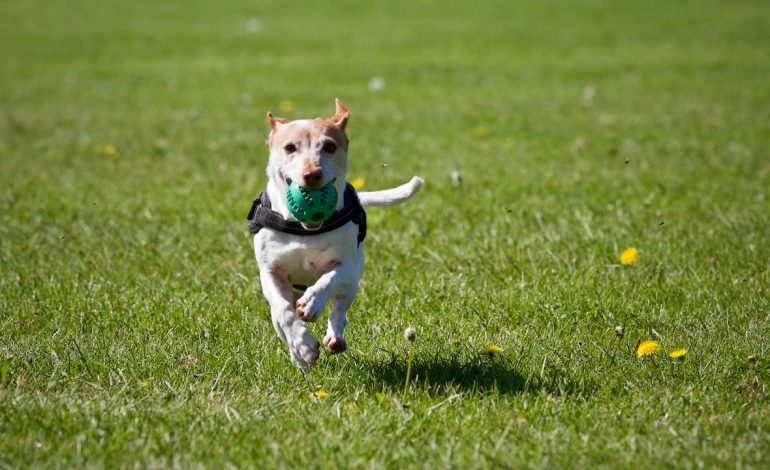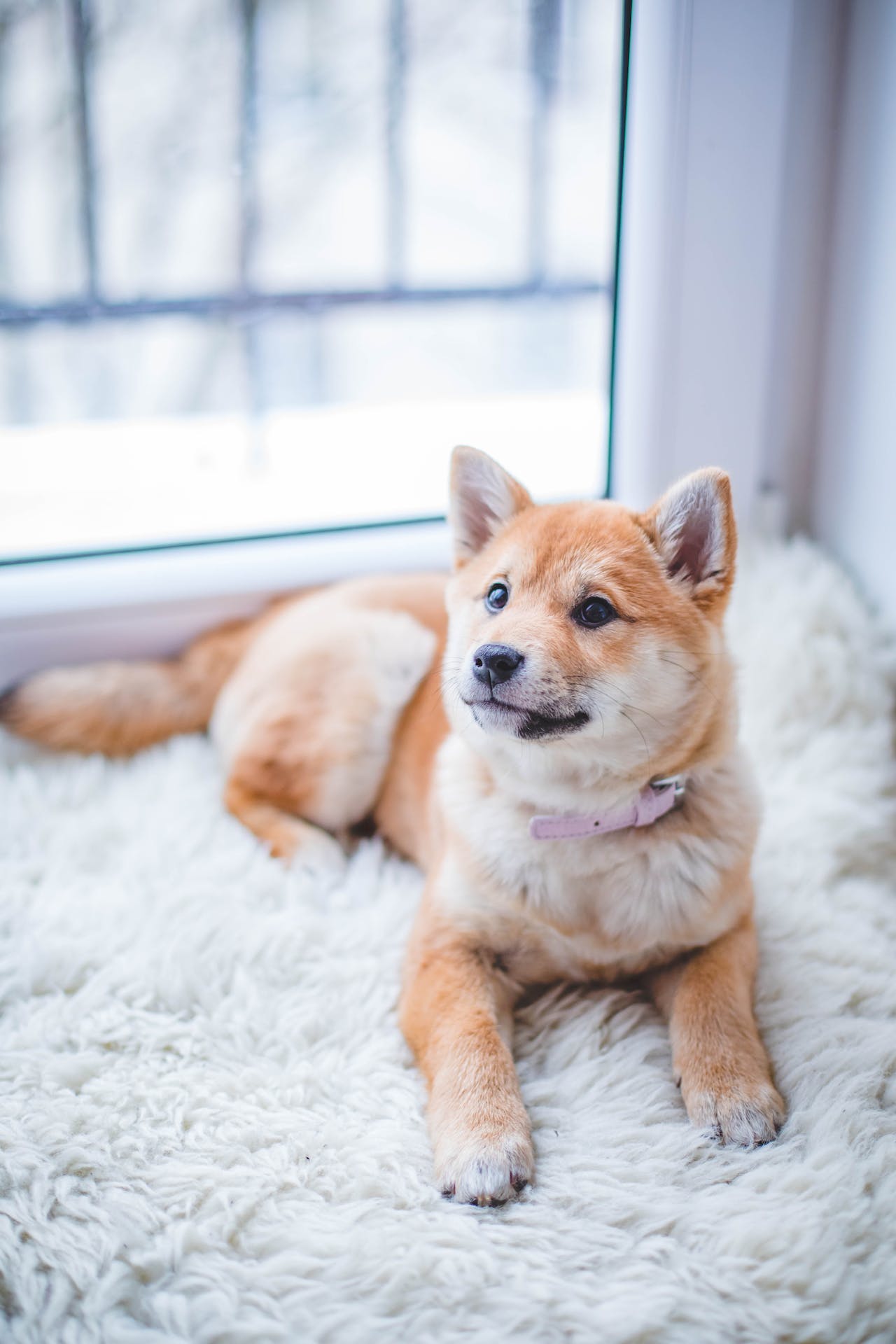My Dog is Afraid of Nail Trimmings

Why are long dog nails a problem?
Fear of nail trims is a very common issue dog guardians face and the fear can range from a mild dislike to outright terror, depending on the dog. For some pet parents, the only way to trim a dog’s nails is under anesthesia, which is certainly not an option that works every week. Many give up trying and just allow the dog’s nails to remain long. While the frustration is understandable, this option can lead to health drawbacks for dogs. Overgrown nails affect a dog’s posture, eventually leading to joint problems and arthritis. They’re also more prone to splitting and breaking in painful ways. Long nails are a problem for humans as well. Dogs with longer nails are more likely to destroy furniture and other objects, unwittingly, as well as break human skin when jumping up to say hello or when playing.
Reducing stress when trimming your dog’s nails
If your dog is terrified of having nails trimmed, what can you do? Here are some ideas:
- Some dogs’ nails will stay at a healthy length if they are exercised regularly on a rougher surface such as concrete or pavement.
- Another innovative idea is to create a filing “board” which consists of a sheet of wood covered with sandpaper. You teach your dog a paw target behavior and then apply that behavior to the board, so the dog effectively is filing down his own nails as he paws the board.
- Nail trim mats are basically door mats with a rough surface that files the dog’s nails each time he walks on the mat.
While these ideas can be helpful, a preferable option is to be able to trim your dog’s nails whenever you need to. An effective plan is to do away with your nail clippers all together and switch to a nail grinder. There are many benefits to using a grinder. If you have larger dogs like I do, clipping their nails is more difficult due to the size and the nails often splinter and leave jagged edges. Properly used, a grinder can make the nails smoother and less likely to catch on items. It’s also effective for dogs that have simply developed such a strong conditioned fear of the clippers that trying to desensitize them to it will be frustrating for both of you. You can get a grinder at most pet supply stores and even some hardware stores carry models appropriate for use with pet nails.
Getting your dog comfortable with a nail grinder
The next step is to develop a plan of action. Be aware going in that this is a long process and you need to work with your dog’s level of comfort and stress. A good way to go about tracking your progress is to make a chart that you keep handy —maybe on your refrigerator door with a magnet. Alternatively, you could use a white board, or even just a document that you keep handy on a computer, tablet or smart phone.
Step one: The first part of the process involves getting your dog acclimated to having his feet handled. In this step you will not be using the grinder at all. Work in very small increments of time. Touching your dog’s paws, moving your fingers through his toes and eventually work out to tapping a non-threatening object on the nails. The object can be anything your dog does not find scary and that has enough of a surface to make some noise. Pair the touch and handling with something positive, such as a really good food treat, praise or something else your dog really loves. Always keep an eye on your dog’s body language during this time. If he is stressed, stop immediately and move back a step.
Step two: Once your dog appears calm being handled, add in the grinder without batteries. The “without batteries” stipulation is very important as you do not want it to turn on by accident. At first you are simply going to have it around by putting it near your dog’s food bowl. If the dog appears upset, move it away until your dog is fine in its presence. Slowly, over time, move it closer to the bowl until the dog appears uninterested in it. At this point, add in the batteries and turn it on and off for a few seconds during your dog’s meal. Again, work in very small increments. You may only have it on for three seconds — during your dog’s meals for several days. Then five seconds (for a few days), then seven, and so on.
Step three: When you can turn the grinder on and off with no apparent stress signals from your dog, regardless of the time it’s on, move to the next step. Begin using the grinder, without batteries, as the tapping object on the dog’s nails. Tap the grinder to one nail, treat, and then stop. Repeat with the next nail the next day, treat and stop. When you can touch all your dog’s nails on any given day and the dog shows no stress, you can begin touching more than one nail per day.
Step four: Now put the batteries back in the grinder and begin touching it— while it is off— to the dog’s nails. Tap the nail twice, then turn the grinder on and touch the nail. Do this for only a few seconds, treat, turn the grinder off, tap twice, and then stop. Repeat the next day for the next nail, and so on. Once you can do this with any nail and a calm dog, you can move up to holding the grinder for longer periods of time.
If you think this sounds like a long process, you’re right, but working through the fear of having nails trimmed is a daunting process for your dog and you always need to move at the pace your dog is comfortable with. Go too fast and you may find that your dog develops an intense negative emotional reaction to the grinder, and that’s absolutely what you do not want. Associate Applied Animal Behaviorist, Katenna Jones ScM, ACAAB, CCBC, CDBC, CPDT-KA told me, “We get greedy and want to do it all in one day. It’s natural to think if you’ve gotten one nail done, let’s move on and do the next one. Don’t! If you move too fast, you will have to move back a few steps in your process until your dog is comfortable again to move on.”
If you feel you need more help with this process, don’t hesitate to work with a qualified behavior professional. Visit the American College of Veterinary Behaviorists, the Animal Behavior Society, and the IAABC to find a professional near you. Your dog will thank you for it!












